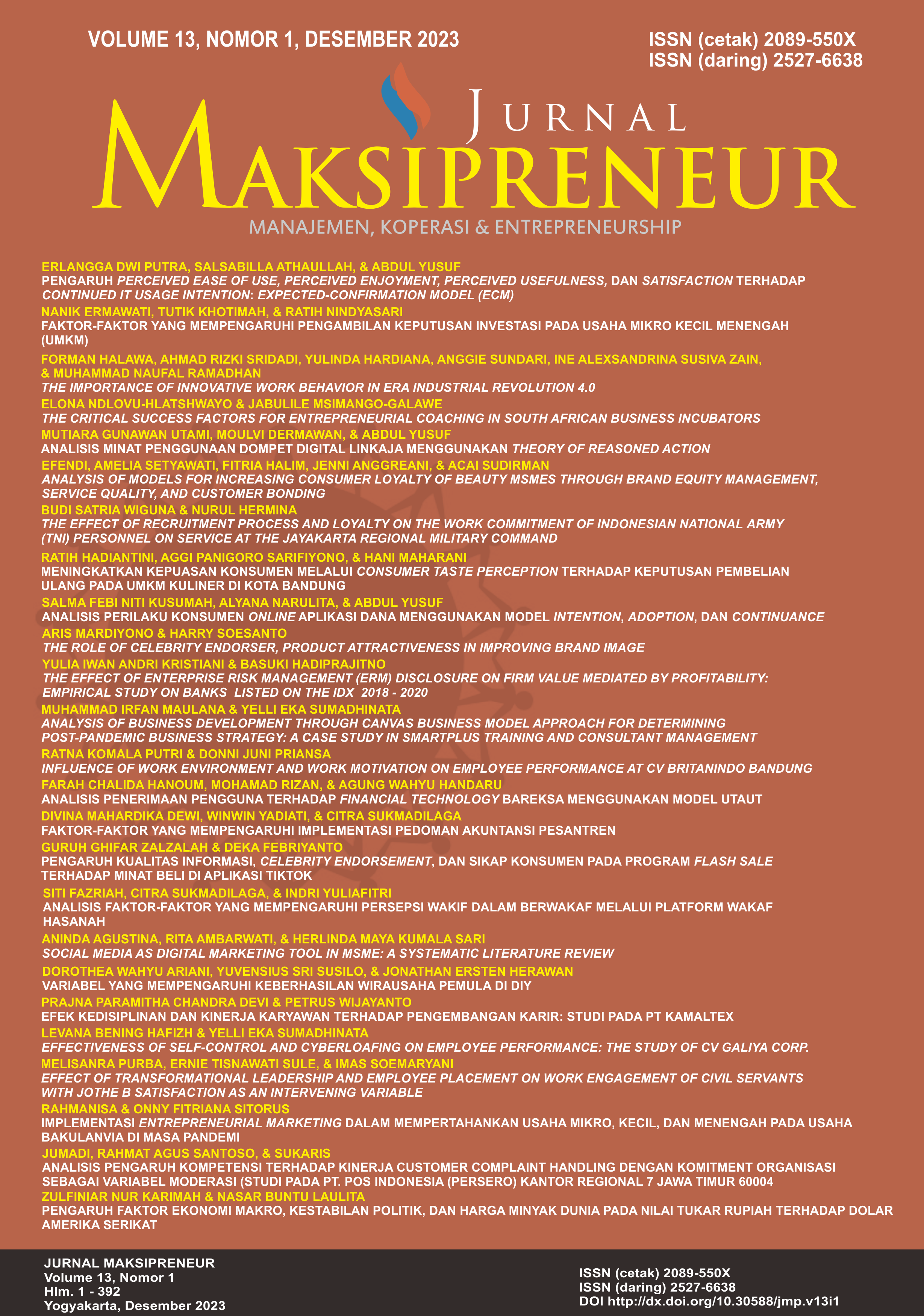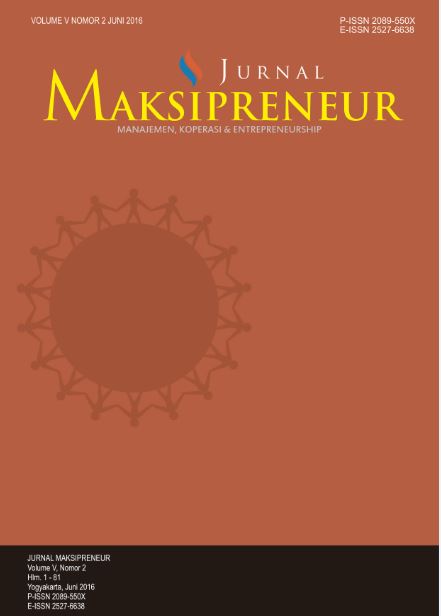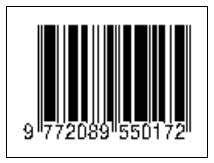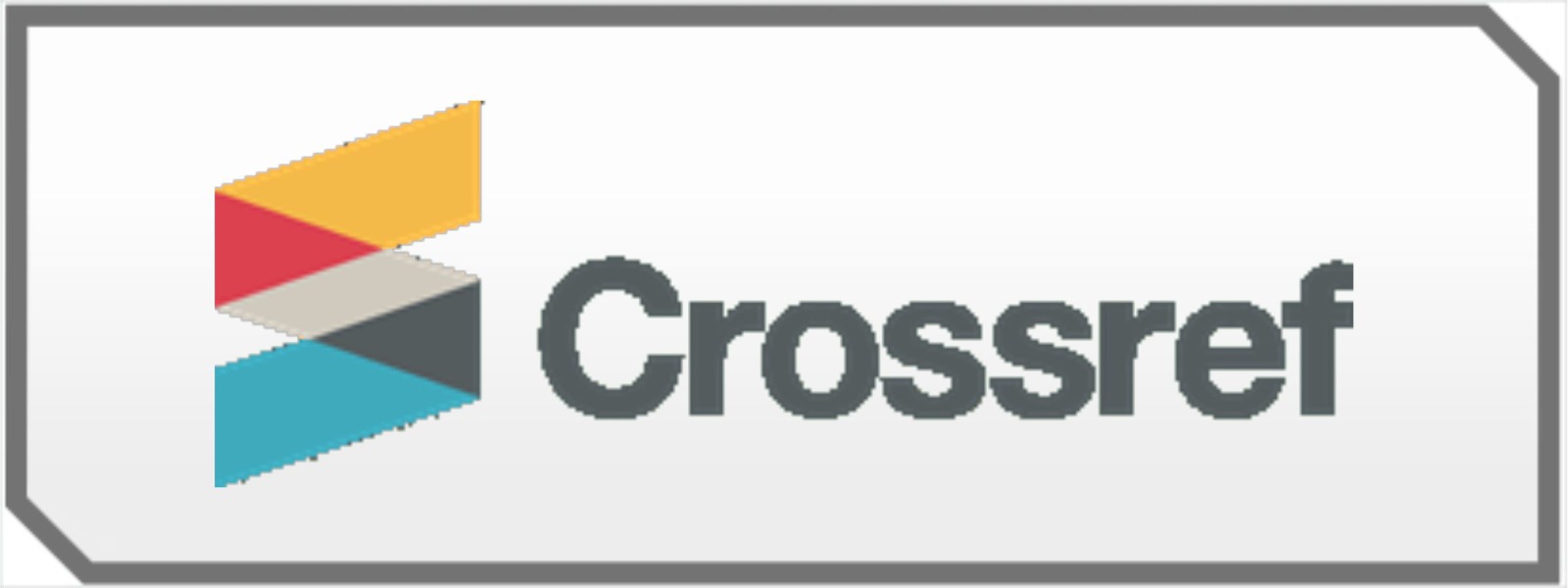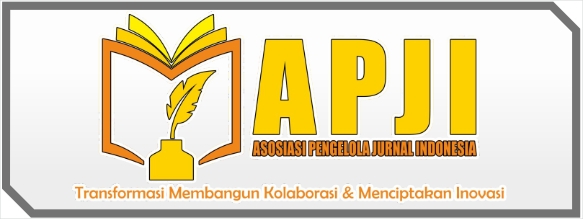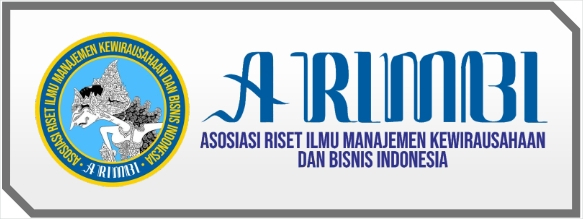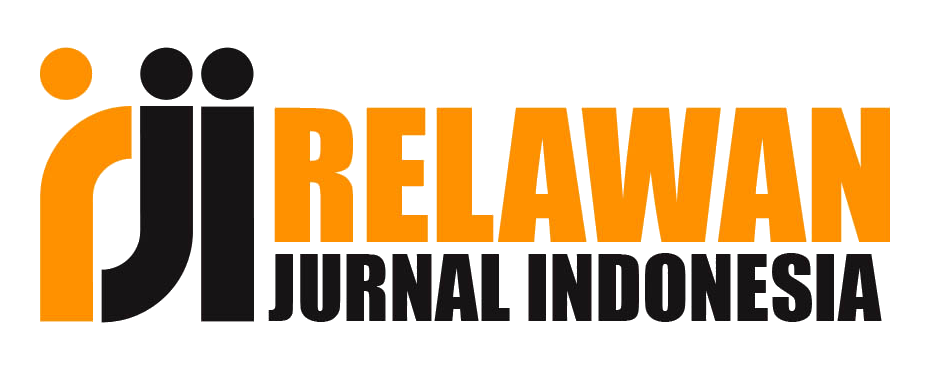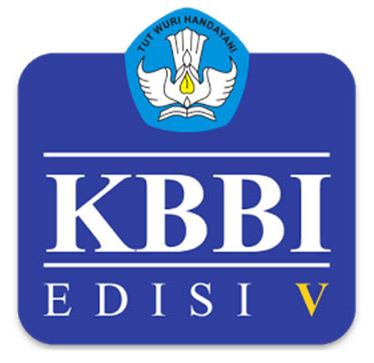Analisis Perilaku Konsumen Online Aplikasi Dana Menggunakan Model Intention, Adoption, dan Continuance
DOI:
https://doi.org/10.30588/jmp.v13i1.1054Keywords:
Online consumer behavior, Perceived ease of use, Perceived service quality, Perceived usefulness, SatisfactionAbstract
The era of globalization is demonstrated by technology that is developing very rapidly. Almost all sectors of life adopt technology in their operations. No exception in the financial sector, people need a payment method that is efficient, fast and safe. One example of financial technology that is widely used by Indonesian people for daily transactions is DANA, a form of digital wallet service. Digital wallets allow users to make electronic transactions without using physical cards or cash. This article aims to determine the factors that encourage users to use the DANA application repeatedly by analyzing online consumer behavior variables which include perceptions of service quality, perceptions of ease of use, and perceptions of usefulness which influence their satisfaction, as well as the influence of satisfaction on sustainable use intentions are based on the intention, adoption and continuance models. The sample used in this research was 100 DANA users who live in West Java Province. This sample was determined using the convenience sampling method and collected data through distributing online questionnaires. The results of this study found that there was a significant influence of perceived service quality and perceived convenience on satisfaction, while perceived usefulness did not have a significant influence on satisfaction. This research also found that there is a significant influence of satisfaction on the intention using it continually.References
Anggraeni, L. (2020). 4 Dompet Digital Ini Mendominasi Selama Pandemi. Medcom.id, 28 Agustus. Diakses pada: https://www.medcom.id/teknologi/news-teknologi/Rb10B9zN-4-dompet-digital-ini-mendominasi-selama-pandemi
Bhattacherjee, A. (2001). Understanding Information Systems Continuance: An Expectation-Confirmation Model. MIS Quarterly, 25(3), 351–370.
Chawla, D., & Joshi, H. (2019). Consumer Attitude and Intention to Adopt Mobile Wallet in India – An Empirical Study. International Journal of Bank Marketing 37(7), 1590–1618. https://10.1108/IJBM-09-2018-0256.
Cheung, C. M. K., Zhu, L., Kwong, T., Chan, G. W. W., & Limayem. M. (2003). Online Consumer Behavior: A Review and Agenda for Future Research. 16th Bled eCommerce Conference - eTransformation, 194–218. Slovenia, 9-11 June.
Christian, M., & Agung, H. (2020). Urban Consumer Behavior on Buying Multi-Products on Shopee Using Technology Acceptance Model (TAM). Widyakala: Journal of Pembangunan Jaya University, 7(2), 54–60.
https://doi.org/10.36262/widyakala.v7i2.337.
Davis, F. D. (1989). Perceived Usefulness, Perceived Ease of Use, and User Acceptance of Information Technology. MIS Quarterly, 13(3), 319–40. https://doi.org/10.5962/bhl.title.33621
Edeh, F. O., Aryani, D. N., Subramaniam, T. A/P., Kee, D. M. H., Samarth, T., Nair, R. K., Kannappan, T. A/P., Tan, Y. S., & Teh, Y. C. (2021). Impact of COVID-19 Pandemic on Consumer Behavior towards the Intention to Use E-Wallet in Malaysia. International Journal of Accounting Finance in Asia Pacific (IJAFAP) 4(3), 42–59. https://doi.org/10.32535/ijafap.v4i3.1205
Firmansyah, M. A. (2018). Perilaku Konsumen. Yogyakarta: Deepublish.
Firmansyah, D., & Dede, D. (2022). Teknik Pengambilan Sampel Umum dalam Metodologi Penelitian: Literature Review. Jurnal Ilmiah Pendidikan Holistik (JIPH), 1(2), 85-114.
Garson, G. D. (2016). Partial Least Squares: Regression and Structural Equation Models. New York: Statistical Publishing Associates.
Haryono, S. (2016). Metode SEM Untuk Penelitian Manajemen Dengan AMOS, LISREL, PLS. Jakarta: Luxima Metro Media.
Isrososiawan, S., Hurriyati, R., & Dirgantari, P. D. (2019). User Mobile Payment Behavior Using Technology Acceptance Model (TAM): Study of "Dana" E-Wallet Users. Jurnal Minds: Manajemen Ide dan Inspirasi, 6(2), 181–192. https://doi.org/10.24252/minds.v6i2.11274.
Izzaty, R. E., Astuti, B., & Cholimah, N. (2021). Pengaruh Perceived Ease of Use dan Perceived Usefulness terhadap Customer Satisfaction E-Wallet X. Jurnal Bisnis, Manajemen, dan Keuangan, 2(2), 5–24.
Kotler, P. (1994). Marketing Management: Analysis, Planning, Implementation, and Control. New Jersey: Prentice-Hall, Inc.
Kotler, P., Armstrong, G., Sounders, J., & Wong, V. (1999). Principles of Marketing. 2nd ed. New Jersey: Pretince-Hall, Inc.
Kumar G., R., & Ravindran, D. S. (2012). An Empirical Study on Service Quality Perceptions and Continuance Intention in Mobile Context in India. 17(1), 1–22.
Kurniawan, S. (2018). Pengaruh Perceived Usefulness, Perceived Enjoyment, Social Ties, Satisfaction, Habit terhadap Continuance Intention Pada Aplikasi Facebook Di Indonesia.” Jurnal Ilmiah Mahasiswa, 7(1), 1441–1450.
Kusnandar, V. B. (2021). Pengguna Internet Indonesia Peringkat ke-3 Terbanyak di Asia. Retrieved at: https://databoks.katadata.co.id/datapublish/2021/10/14/pengguna-internet-indonesia-peringkat-ke-3-terbanyak-di-asia).
Li, H., Liu, Y., & Suomi, R. (2009). Measurement of E-Service Quality: An Empirical Study in Online Travel Service. ECIS 2009 Proceedings, AIS eLibrary, 191.
Mandasari, C. S., & Giantari, I. G. A. K. (2017). Pengaruh Perceived Usefulness, Perceived Ease of Use, dan Kualitas Layanan terhadap Kepuasan untuk Membangun Loyalitas. E-Jurnal Ekonomi dan Bisnis Universitas Udayana, 06/10, 3637–3664. https://doi.org/10.24843/eeb.2017.v06.i10.p08
Mehta, S., Saxena, T., & Purohit, N. (2020). The New Consumer Behaviour Paradigm amid COVID-19: Permanent or Transient? Journal of Health Management, 22(2), 291–301. https://doi.org/10.1177/0972063420940834
Naufaldi, I., & Tjokrosaputro, M. (2020). Pengaruh Perceived Ease of Use, Perceived Usefulness, dan Trust terhadap ZALORA’s Application User Satisfaction. Jurnal Manajerial dan Kewirausahaan, 2(3), 715–722
Nurcholidah, L., & Harsono, M. (2021). Kajian Fintech dalam Konsep Behaviouristik. Jurnal Sains Sosio Humaniora, 5(1), 66–71. https://doi.org/10.22437/jssh.v5i1.13145
Parasuraman, A., Zeithaml, V. A., & Berry, L. L. (1988). SERQUAL: A Multiple-Item Scale for Measuring Consumer Perceptions of Service Quality. Journal of Retailing, 64(1), 12–40.
Scheinbaum, A. C. (2012). Online Consumer Behavior: Theory and Research in Social Media, Advertising and E-tail. New York: Routledge.
Sheth, J. (2020). Impact of Covid-19 on Consumer Behavior: Will the Old Habits Return or Die? Journal of Business Research, 117(September), 280–283. https://doi.org/10.1016/j.jbusres.2020.05.059
Suhari, Y. (2010). E-Commerce: Model Perilaku Konsumen. Dinamika Informatika: Jurnal Ilmiah Teknologi Informasi, 2(2). https://doi.org/10.35315/informatika.v2i2.898
Tarantang, J., Awwaliyah, A., Astuti, M., & Munawaroh, M. (2019). Perkembangan Sistem Pembayaran Digital pada Era Revolusi Industri 4.0 di Indonesia. Jurnal Al-Qardh, 4(1), 60–75. https://doi.org/10.23971/jaq.v4i1.1442
Tyas, E. I., & Darma, E. S. (2017). Pengaruh Perceived Usefulness, Perceived Ease of Use, Perceived Enjoyment, dan Actual Usage terhadap Penerimaan Teknologi Informasi: Studi Empiris pada Karyawan Bagian Akuntansi dan Keuangan Baitul Maal Wa Tamwil Wilayah Daerah Istimewa Yogyakarta. Reviu Akuntansi dan Bisnis Indonesia, 1(1), 25–35. https://doi.org/10.18196/rab.010103.
Wilson, A., Zeithaml, V., Bitner, M. J., & Gremler, D. D. (2016). Services Marketing: Integrating Customer Focus Across the Firm. 3rd ed. Boston: McGraw-Hill.
Downloads
Additional Files
Published
How to Cite
Issue
Section
License
Authors who publish with Jurnal Maksipreneur agree to the following terms:
Authors retain copyright and grant the Jurnal Maksipreneur right of first publication with the work simultaneously licensed under a Creative Commons Attribution 4.0 International License that allows others to share (copy and redistribute the material in any medium or format) and adapt (remix, transform, and build upon the material) the work for any purpose, even commercially with an acknowledgment of the work's authorship and initial publication in Jurnal Maksipreneur.
Authors are able to enter into separate, additional contractual arrangements for the non-exclusive distribution of the journal's published version of the work (e.g., post it to an institutional repository or publish it in a book), with an acknowledgment of its initial publication in Jurnal Maksipreneur. Authors are permitted and encouraged to post their work online (e.g., in institutional repositories or on their website) prior to and during the submission process, as it can lead to productive exchanges, as well as earlier and greater citation of published work (See The Effect of Open Access).

